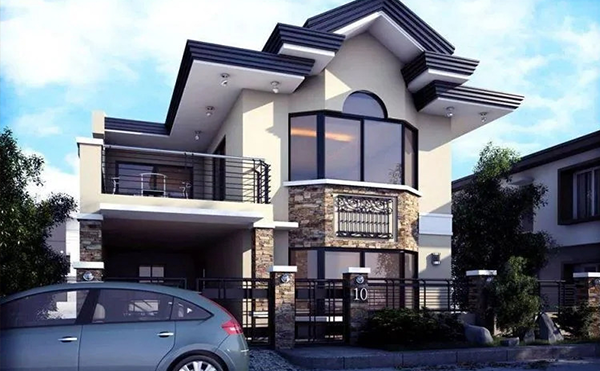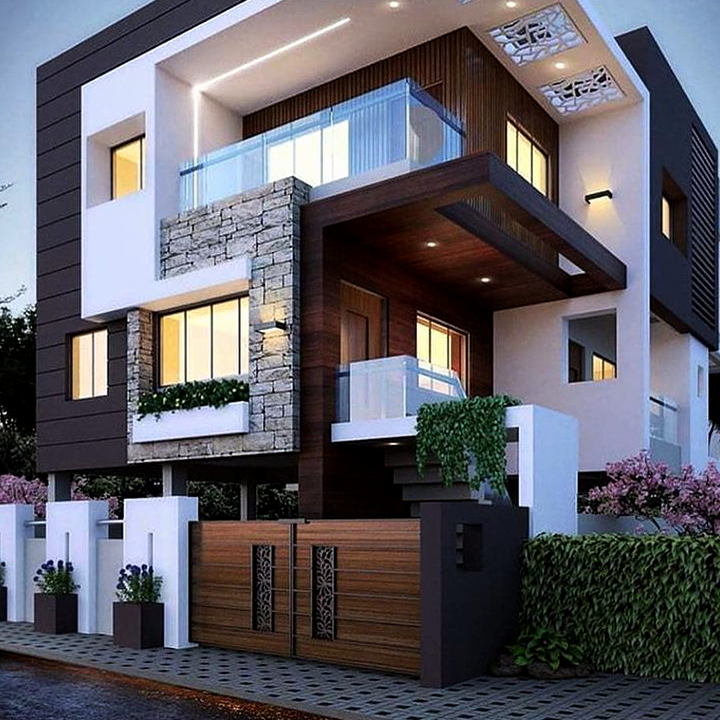
PROSPECT Principles in Building Planning: A Guide to Enhancing Functional Design
In architectural design and...

Interior and exterior design are both essential in creating functional, aesthetically pleasing spaces that reflect a user’s style, needs, and the environment.
Interior Design focuses on designing the spaces within a building, including elements like color schemes, lighting, furniture arrangement, and decor. The goal is to create a comfortable, efficient, and beautiful environment that enhances the quality of life for its inhabitants. Interior design also considers ergonomics, room flow, and the overall ambiance, making spaces feel inviting or functional depending on their purpose. It often incorporates principles of psychology and spatial arrangement to create harmony and balance within the home or workspace.
Exterior Design covers the outer elements of a structure, such as the architectural style, landscaping, outdoor lighting, and façade materials. It plays a key role in shaping the first impression and contributes to the building's functionality, energy efficiency, and environmental harmony. Exterior design can also extend to outdoor living areas, pathways, gardens, and entryways, ensuring that the outdoor space complements the building's purpose and aesthetics.
Both types of design are closely linked, as the interior needs to feel cohesive with the exterior. Together, they form a complete vision that reflects the identity of a space and provides a well-rounded experience to its users.